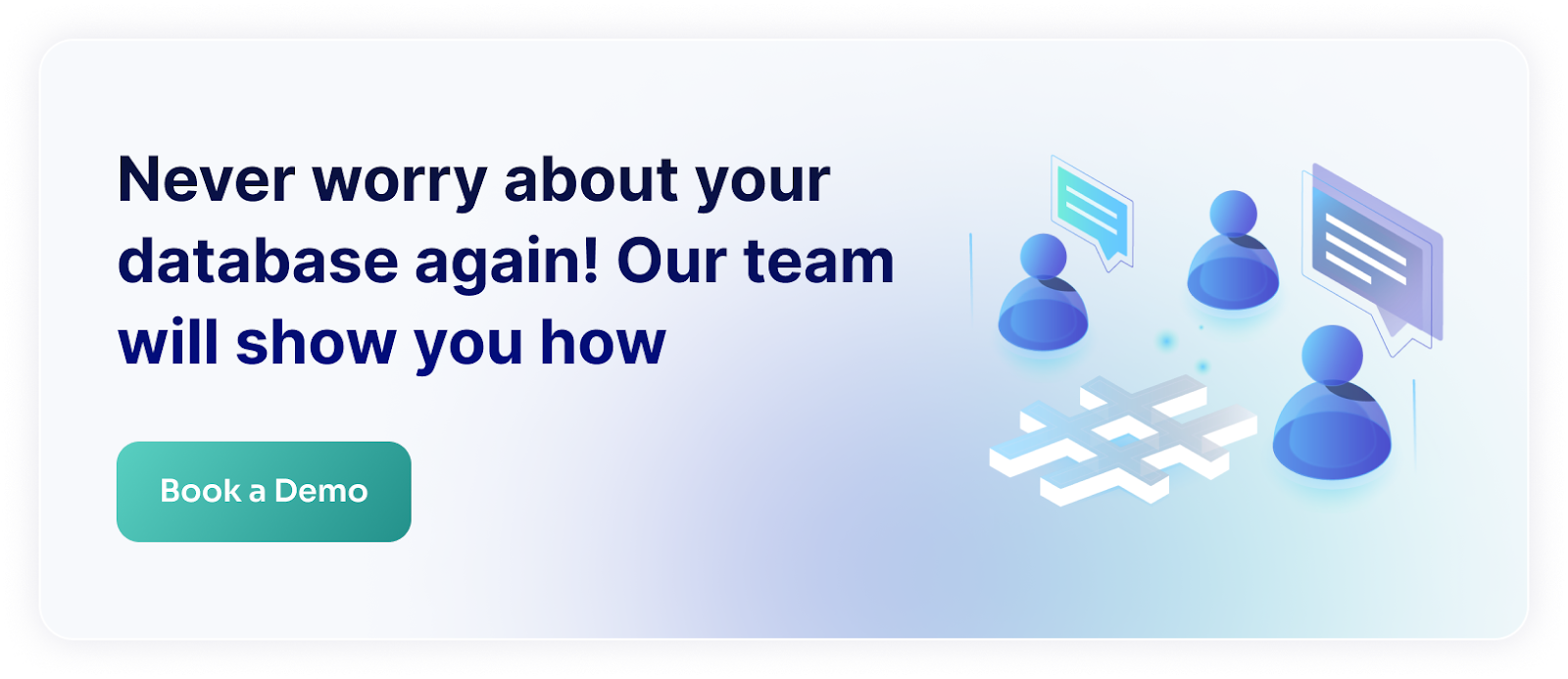Our teams invest a significant amount of time managing the database, which makes sense - we need to ensure everything runs smoothly to keep the business on track. But what if there was a way to avoid database maintenance altogether? Imagine a scenario where you didn’t have to oversee the database constantly. Sound interesting? Read on to discover how this is possible.
Prevent Problems From Happening
Developers often face challenges resolving issues due to limited visibility into a system's core functions. Just as debuggers and profilers provide critical insights, developers need robust tools that reveal database activity comprehensively. Integrating observability across the entire software development lifecycle (SDLC) is essential to achieving this. Developers should be able to see how their SQL queries are processed, access execution plans, and monitor database activities. They need real-time feedback on query performance during development rather than waiting for load testing to conclude.
OpenTelemetry can facilitate this by integrating with development environments and databases to capture queries, extract execution plans, and analyze them for valuable insights. This enables developers to assess query performance preemptively, ensuring they will function optimally in production. Additionally, OpenTelemetry can support live monitoring in production by continuously extracting execution plans, helping maintain performance visibility.
With OpenTelemetry in place, we can prevent issues before they reach production, freeing developers from needing to troubleshoot them later - one less thing to worry about.
Automate Everything
Manual processes are no longer practical. To boost speed and efficiency, we need to automate wherever possible, embedding observability across all our systems and databases. This involves continuously capturing execution plans, statistics, configuration changes, schema migrations, and any factors affecting database performance. Through automated reasoning, we can detect anomalies and pinpoint the causes of performance issues.
This rich data allows us to build self-healing mechanisms, enabling databases to automatically address issues using in-depth diagnostics. We can swiftly identify needed index updates, configuration tweaks, and fixes for slow queries.
By enhancing database performance and avoiding bottlenecks, we can prevent issues proactively and enable self-healing capabilities - allowing us to focus less on database maintenance altogether.
Put People in Charge
Finally, developers need to take ownership of their databases, adopting a mindset that values active database engagement. This shift empowers them to ensure reliability and prevent system downtime.
Though this might seem like added responsibility, it’s not. With automated observability and actionable insights, developers can move from manual troubleshooting to automated solutions, focusing only on what truly matters. In practice, developers don’t need to manage database maintenance directly - they simply ensure that best practices are followed and that automated solutions stay effective.
Metis provides all the tools necessary for effective database management. It analyzes queries and establishes observability by capturing execution plans, configurations, schema changes, and other performance-related factors. Metis automates monitoring, detects anomalies, and even resolves them independently. When an issue requires attention, Metis sends alerts for informed business decisions. Ultimately, Metis lets you forget about routine database maintenance.







